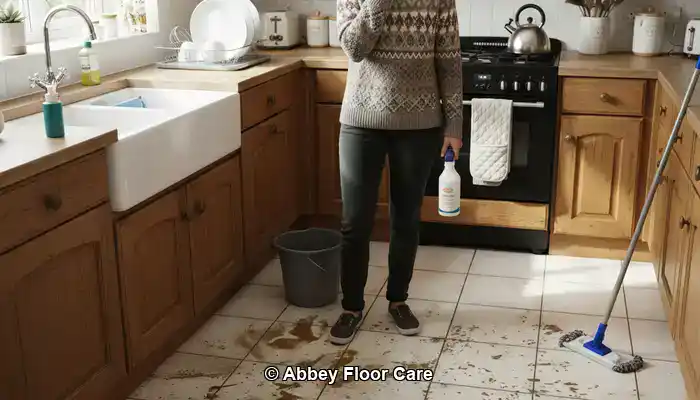
Last Updated on November 8, 2025 by David
Essential Insights: How Frequently Should You Reseal Your Porcelain Tiles to Ensure Their Longevity?
- Porcelain tiles typically do not necessitate surface sealing; however, it is imperative to reseal grout lines every 1 to 2 years to avert staining and mitigate the risk of moisture absorption.
- In high-traffic areas such as kitchens and hallways, more regular resealing is essential compared to low-traffic spaces like guest bathrooms.
- The water drop test offers a straightforward method to ascertain when resealing is required—if water is absorbed into the tile or grout, this indicates the necessity for resealing.
- Selecting the correct sealer is contingent on the tile type and its location; penetrating sealers are particularly effective for unglazed porcelain and grout.
- Frequent errors such as over-sealing, employing harsh cleaners, or neglecting grout lines can undermine the effectiveness of resealing and potentially damage the flooring.
Explore the Diverse Varieties of Porcelain Tiles Available
Expert Recommendations: Top Products for Daily Grout Cleaning Maintenance
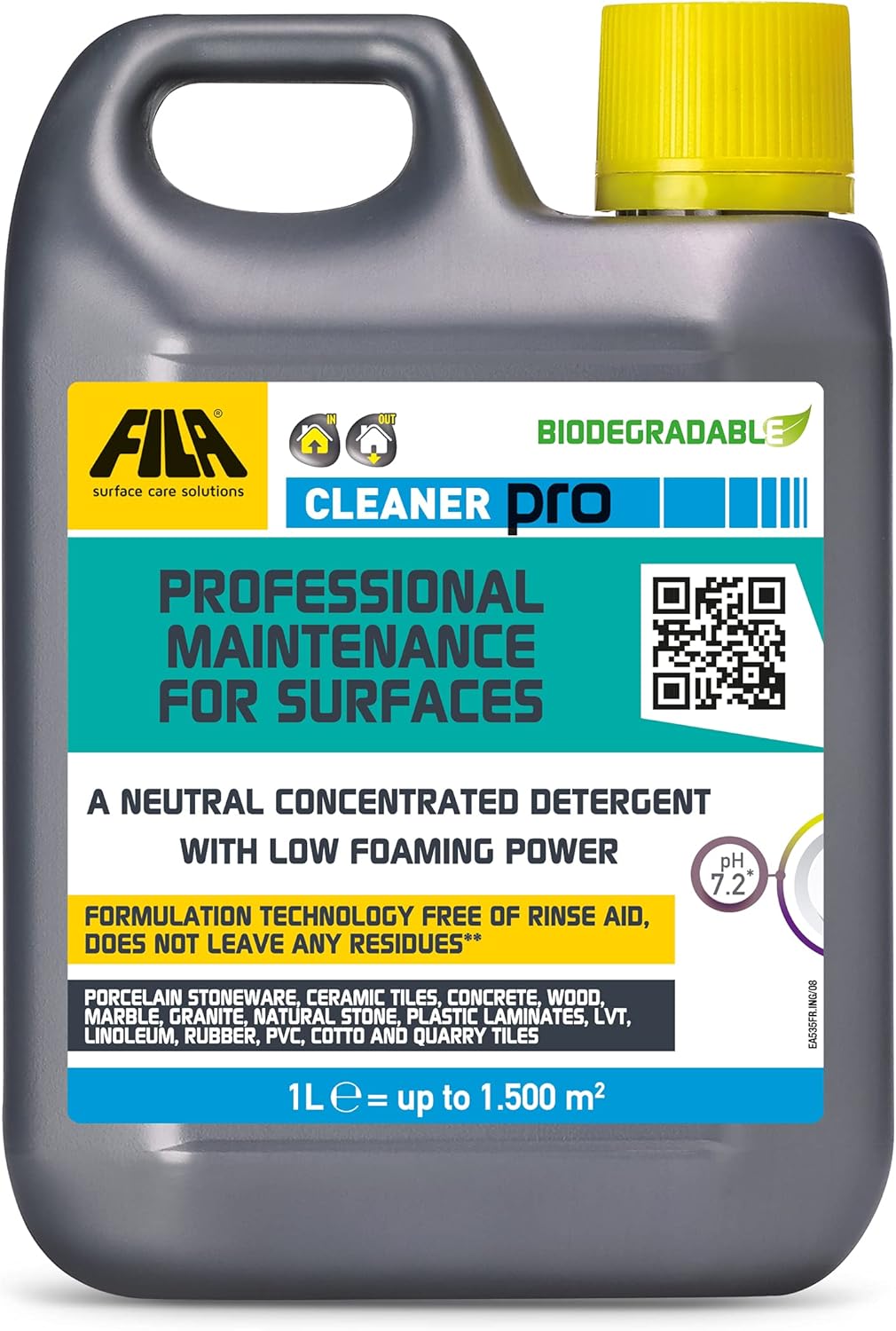
Fila Pro Floor Cleaner
|

Lithofin MN Stain Stop
|
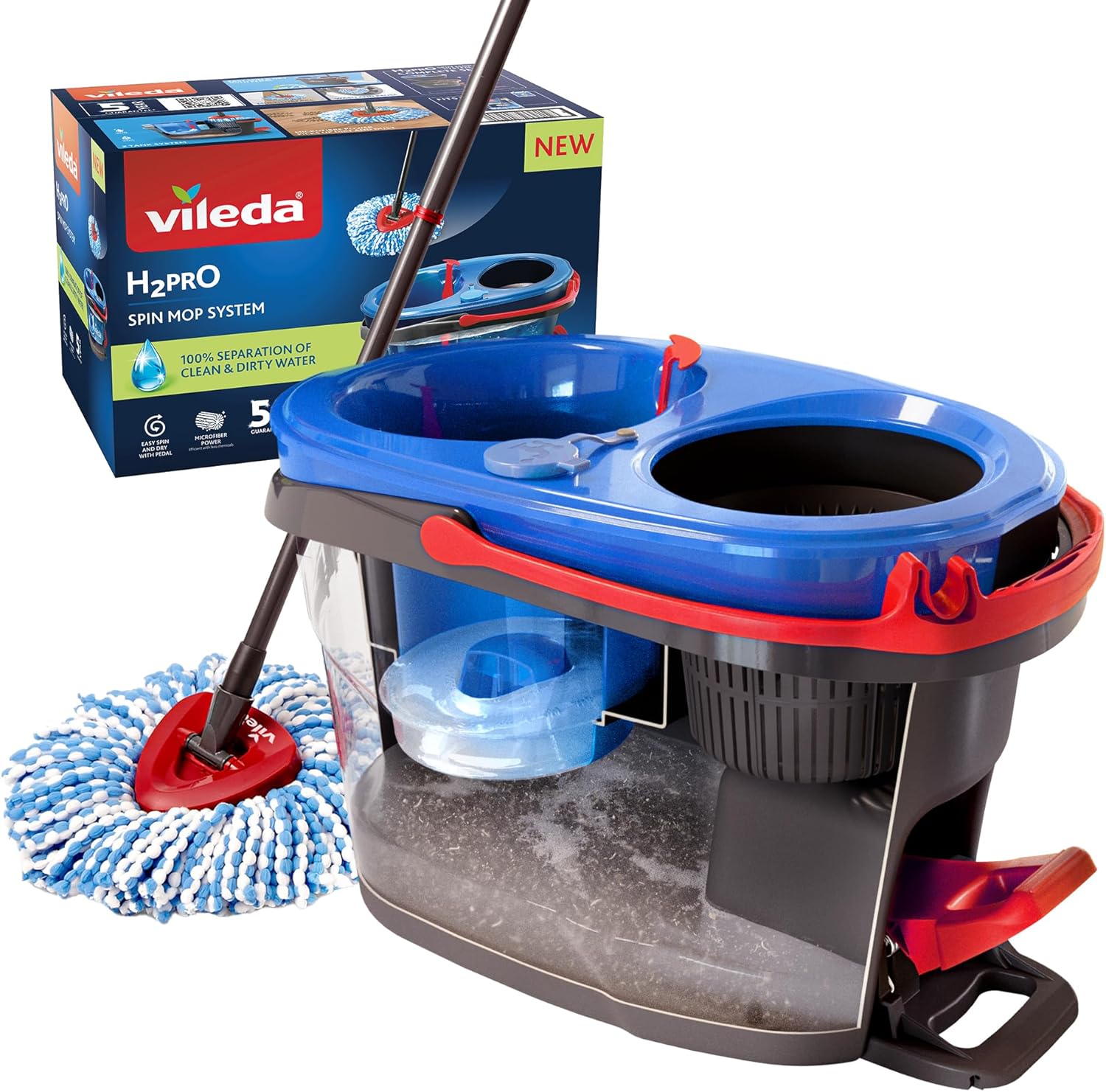
Vileda H2PrO Spin Mop System
|
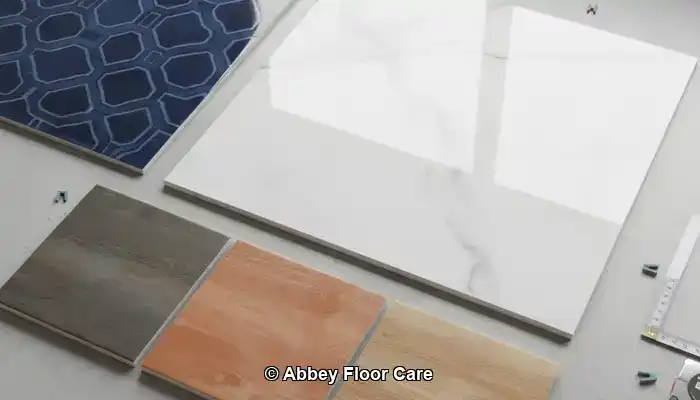
Understanding the Key Differences Between Glazed and Unglazed Porcelain Tiles
Porcelain tiles are available in two primary finishes: glazed and unglazed. The glazed variety has a protective coating that is baked onto the surface, enhancing stain resistance while offering various aesthetic effects. In contrast, unglazed porcelain has a natural, matte finish, often chosen for its exceptional slip resistance and durability, particularly in high-traffic settings. While glazed tiles generally do not require sealing, unglazed tiles are more porous and necessitate regular resealing to prevent moisture absorption and staining, thereby ensuring their longevity and appearance.
Clarifying the Distinctions Between Ceramic and Porcelain Tiles
Despite common misconceptions, ceramic and porcelain tiles exhibit significant differences in density, water absorption rates, and overall durability. Porcelain tiles are fired at much higher temperatures, resulting in a denser, less porous material compared to ceramic. This unique characteristic makes porcelain exceptionally suited for areas exposed to high moisture, such as kitchens and bathrooms. By understanding these distinctions, homeowners can establish appropriate sealing schedules and select suitable cleaning products that align with their specific needs.
Investigating the Rising Popularity of Porcelain in UK Homes
In recent years, porcelain tiles have surged in popularity within homes across the UK, attributed to their minimal maintenance requirements, aesthetic versatility, and compatibility with underfloor heating. Their ability to convincingly mimic the appearance of natural stone or wood, coupled with impressive durability, renders them an attractive option for both modern and traditional interior designs. Homeowners appreciate porcelain for its lasting performance, particularly when paired with proactive sealing and maintenance routines that enhance their longevity.
 Understanding the Importance of Resealing for Long-Term Care
Understanding the Importance of Resealing for Long-Term Care
Assessing the Maintenance Needs of Grout and Tile Surfaces
Although porcelain tiles generally exhibit low porosity—especially when glazed—the grout lines are notably more absorbent and susceptible to staining. While the tile surface may effectively repel moisture, the grout in between can easily absorb spills, dirt, and cleaning solutions. Resealing establishes a protective barrier that safeguards grout from discolouration and degradation, particularly in high-exposure areas like kitchens and bathrooms, where moisture is prevalent and the risk of staining is heightened.
Enhancing Moisture Resistance and Preventing Stains
Regular resealing significantly bolsters moisture resistance and diminishes the likelihood of stains penetrating porous areas. In busy zones like hallways and utility rooms, resealing plays a vital role in preserving the floor's appearance and preventing long-term deterioration. Homeowners who commit to a routine of regular resealing can prolong the lifespan of both the tiles and grout, especially in regions where exposure to moisture or cleaning agents is common.
Maintaining Aesthetic Appeal and Slip Resistance
Over time, tiles that are left unsealed or inadequately sealed can lose their original sheen, leading to a dull or uneven appearance. Resealing not only helps to maintain the surface shine but can also enhance slip resistance when the appropriate product is utilised. This consideration is particularly crucial in bathrooms and entryways, where wet surfaces elevate the risk of slips. A well-preserved seal contributes to both safety and the visual attractiveness of the flooring.
Key Factors That Influence Resealing Frequency
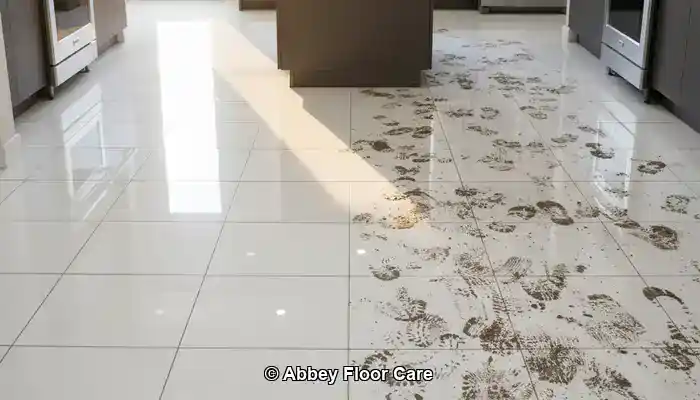
Evaluating the Impact of Foot Traffic and Room Function on Resealing
High-traffic areas, such as hallways and kitchens, typically exhibit signs of wear more rapidly, exposing grout to increased dirt and moisture. Conversely, low-traffic spaces like guest bathrooms or spare bedrooms may not require resealing as often. Homeowners should evaluate the specific needs of each room rather than adopting a uniform resealing schedule across the home, ensuring optimal maintenance tailored to usage.
Understanding How Cleaning Products Affect Surface Durability
The use of harsh or acidic cleaners can accelerate the degradation of sealers, particularly in the grout lines. Even products deemed safe for tiles can strip away protective layers when used excessively or improperly diluted. Choosing a gentle, pH-neutral cleaner helps maintain the seal and can reduce the frequency of premature resealing, ultimately preserving the integrity of the tile and grout.
Recognising the Role of Indoor Climate and Airflow in Sealing
Humidity levels and airflow significantly influence how quickly grout and tile surfaces dry after cleaning. Insufficient ventilation can lead to prolonged moisture exposure, which may compromise sealers over time. Homes equipped with adequate ventilation and balanced humidity levels generally maintain sealed surfaces for extended periods, particularly in bathrooms and utility spaces, thus ensuring durability.
Need Assistance with Your Tiles? Contact Us for Expert Guidance.
How Can You Determine If Your Tiles Require Resealing?
Identifying Signs of Wear or Absorption in Your Tiles
Visible changes in grout colour, increased staining, or a dull tile surface may indicate that the seal has deteriorated. In frequently used areas, this degradation can occur gradually, making it easy to overlook until dirt becomes increasingly difficult to clean or moisture persists following cleaning.
Implementing the Water Drop Test to Evaluate Seal Integrity
A straightforward method for assessing seal failure is the water drop test. Simply apply a few drops of water onto the tile and grout, then observe whether they bead up or soak into the surface. If the water is absorbed quickly or leaves a dark mark, resealing is essential. This test is particularly effective on unglazed porcelain and grout lines, which are generally more porous.
Recognising Signs of Surface Dullness and Grout Discolouration
Tiles that appear chalky or uneven in their sheen may have lost their protective coating. Similarly, grout that darkens or exhibits patchy staining often signifies seal degradation. These visual indicators assist homeowners in determining whether resealing is necessary, even if the floor seems clean at a cursory glance.
Choosing the Optimal Sealer for Your Porcelain Flooring
Comparing Penetrating Sealers Against Surface Sealers
Pentrating sealers are designed to infiltrate the tile and grout, creating a protective barrier while preserving the natural appearance of the surface. They are particularly well-suited for unglazed porcelain and grout lines, offering moisture resistance without altering visual aesthetics. In contrast, surface sealers create a visible layer and may enhance shine or texture. These are more commonly applied to decorative tiles but require careful selection to avoid compromising slip resistance.
Selecting Safe Products for Tile and Grout
Not all sealers are suitable for both tile and grout. Homeowners should seek products specifically marked as safe for porcelain and compatible with cement-based grout. Using an inappropriate sealer can lead to hazing, residue accumulation, or diminished effectiveness. It is crucial to meticulously read product labels and ensure compliance with UK safety standards to ensure lasting performance.
Opting for Eco-Friendly and Pet-Safe Sealing Solutions
Many contemporary sealers are water-based and contain low levels of volatile organic compounds (VOCs), making them safer for indoor use. For households with pets or children, selecting a non-toxic, eco-friendly sealer mitigates exposure risks during application and drying. Such products typically require less ventilation and are easier to clean up afterward, ensuring a safer environment.
A Thorough Guide to Effectively Resealing Your Tiles
Preparing Surfaces for Successful Cleaning
Before resealing, it is essential to clean the tile and grout thoroughly using a pH-neutral cleaner. Eliminate all dirt, oils, and residues to guarantee optimal bonding of the sealer. Ensure the flooring is completely dry, as any moisture trapped beneath the sealer can lead to hazing or uneven application, compromising the sealing process.
Essential Tools and Techniques for Successful Application
Utilise a soft applicator pad, microfibre cloth, or brush based on the product and surface type. Apply the sealer uniformly across the tile and grout, working in manageable sections to prevent overlap marks. Adhere to the manufacturer’s instructions regarding coverage rates, and avoid pooling excess product in grout joints to ensure even and effective coverage.
Understanding Drying Times and Effective Ventilation Strategies
Most sealers necessitate a drying time of 2 to 4 hours before light foot traffic is permitted, with full cures taking up to 24 hours. Open windows or use fans to enhance airflow, especially in enclosed spaces. Refrain from wet cleaning or placing rugs on the surface until the seal has completely cured to avoid imprinting or stickiness, thus preserving the integrity of the flooring.
Recommended Resealing Frequencies for Various Areas
Determining Resealing Needs in Kitchens, Bathrooms, and Hallways
Typically, kitchens require resealing every 12 to 18 months due to frequent spills, cooking residues, and significant foot traffic. Bathrooms often follow a similar timeline, particularly around showers and sinks where moisture exposure is commonplace. Hallways, depending on their usage intensity, might need resealing every 18 to 24 months to protect grout and uphold surface clarity.
Customising Resealing for Low-Traffic Versus High-Traffic Areas
In low-traffic areas such as guest bathrooms or spare bedrooms, resealing every 2 to 3 years may suffice. High-traffic zones, including entryways, kitchens, and utility rooms, benefit from more frequent attention. Homeowners should tailor their resealing schedules based on the specific use of each space rather than adhering to a generic timeline, ensuring optimal maintenance.
Optimal Seasonal Timing for Resealing Practices
Spring and early autumn are ideal seasons for resealing floors in the UK, providing moderate temperatures and favourable ventilation conditions. It is advisable to avoid resealing during periods of high humidity or extreme cold, as these elements can adversely affect drying times and the effectiveness of the products used. Aligning resealing activities with seasonal cleaning routines promotes consistency and supports overall floor health.
Avoiding Common Pitfalls When Resealing Tiles
Preventing Risks Associated with Over-Sealing
Applying an excessive amount of sealer or resealing too frequently can lead to surface buildup, hazing, or sticky residues. This is particularly true for surface sealers that create a visible layer. Homeowners should strictly adhere to manufacturer guidelines and refrain from resealing unless the previous layer has worn away or failed, thus ensuring the longevity of the flooring.
Avoiding the Dangers of Using Harsh Cleaners Before Sealing
Acidic or bleach-based cleaners can compromise the integrity of the tile and grout, hindering the sealer's ability to adhere properly. Always utilise a pH-neutral product prior to resealing to ensure the surface is safe and adequately prepared for treatment. Harsh chemicals may also leave residues that could interfere with the sealer's performance, leading to premature failure.
Ensuring Grout Lines Are Included During Resealing
Grout is often the most vulnerable aspect of a tiled floor, yet it is frequently overlooked during resealing. Neglecting grout lines can result in uneven protection and accelerated staining. Ensure that grout receives complete coverage by using a small brush or targeted applicator, particularly in kitchens and bathrooms, where moisture exposure is prevalent.
Frequently Asked Questions About Resealing Porcelain Tiles
Can I Reseal My Tiles Independently?
Absolutely, many homeowners opt to reseal their porcelain tiles and grout independently using readily available products. The key is to meticulously follow the instructions, utilise tile-safe sealers, and ensure the surface is clean and dry prior to application. DIY resealing is particularly effective in low-traffic areas or for routine maintenance tasks.
What Is the Most Effective Method to Test for Seal Failure?
The water drop test serves as a reliable method for assessment. Place a few drops of water on the tile and grout, then observe whether they bead up or absorb. If the water is absorbed quickly or creates a dark spot, the seal is likely compromised, and resealing is advisable.
Which Products Are Safe for Households with Pets?
Seek water-based sealers with low VOC levels and labels indicating non-toxic or pet-safe certification. These products significantly reduce exposure risks during application and drying, making them suitable for homes with pets or children. Always ensure proper ventilation and keep pets away from the floor until the seal has fully cured.
Is Resealing Necessary for Glazed Tiles?
Generally, glazed porcelain tiles do not require surface sealing; however, the grout in between still benefits from regular resealing. In certain instances, a light application of penetrating sealer may be employed to protect the grout without altering the tile’s surface finish, thereby ensuring its integrity.
The Article How Often Should You Reseal Porcelain Tiles was originally published on https://www.abbeyfloorcare.co.uk
The Article Reseal Porcelain Tiles: How Often Is It Necessary? appeared first on https://fabritec.org
The Article Reseal Porcelain Tiles: Frequency of Maintenance Explained Was Found On https://limitsofstrategy.com

